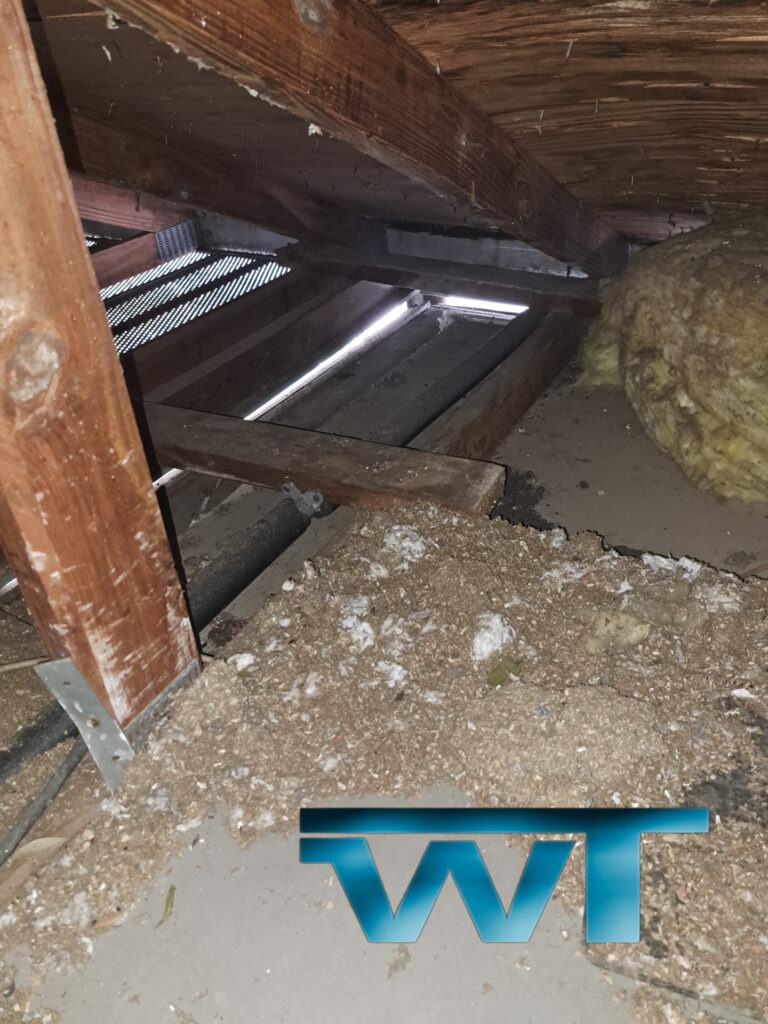Myths About Florida Bats Contribute to Misconceptions.
Myth: Bats are blind.
Fact: Bats are not blind. They have the same five senses as humans, including sight, and many species can see quite well, especially in low light. They also use echolocation (sonar) to navigate and hunt in complete darkness.
Myth: All bats are blood-suckers.
Fact: All native Florida bats are insectivorous, meaning they primarily eat insects like mosquitoes, beetles, and moths. There are only three species of “vampire bats” in the world, and they live exclusively in Central and South America, not in the United States or Florida.
Myth: Vampire bats live in Florida.
Fact: There are no vampire bats in Florida.
Myth: Bats will fly into your hair or try to build nests in it.
Fact: Bats are agile, skillful fliers and do not want to get tangled in hair. If a bat swoops near your head, it’s likely trying to catch an insect that is attracted to your body heat or breath. Also, bats do not build nests; they roost in existing structures like caves, trees, or buildings.
Myth: Bats are flying rats.
Fact: Bats are not rodents. They belong to their own unique order of mammals called Chiroptera (meaning “hand-wing”). They are actually more closely related to primates than to rats.
Myth: All bats carry rabies.
Fact: The vast majority of bats do not have rabies. Studies show that only about less than one-half of one percent (0.5%) of bats in a typical population carry the disease. However, bats that are found on the ground or acting strangely are much more likely to be rabid and should never be handled.
Myth: Bats are pests and are not important to the ecosystem.
Fact: Bats are extremely beneficial. Florida’s insectivorous bats are vital for natural pest control, eating enormous quantities of agricultural and nuisance insects, including mosquitoes. They save farmers billions of dollars annually in pest control services.
Myth: Bats will attack people.
Fact: Bats are generally timid and will avoid humans. They will not attack unless they feel threatened or are provoked, such as if you try to handle one. The risk they pose is primarily related to potential rabies transmission if a sick bat is handled.
Myth: Bats are dirty.
Fact: Bats are clean animals that spend a lot of time grooming and cleaning themselves.
Florida Bats
Florida’s native bats are vital for our ecosystem. They are incredible natural pest controllers and pollinators. While we should appreciate their role, having them take up residence in your multi-family property is a definite concern for health and safety.
The Health Concerns
Bats leave behind unsanitary deposits like urea, guano (feces), and dander. When these materials accumulate, they can create a hazardous environment, potentially leading to:
Allergy flare-ups in residents.
Worsened symptoms for those with breathing difficulties or respiratory conditions.
More Than Just Bats
A bat entry point isn’t just a bat problem. It’s a sign that your building’s structural integrity is compromised. Gaps and unsealed areas that allow bats in can also serve as access points for other common pests, making effective exclusion and sealing crucial for overall pest management. Despite their environmental benefits, the sight of bats indoors can cause fear and anxiety among residents.
#florida; #floridawildlife; #bats; #eviction; #exclusion; #propertymanagement; #welltechpest


